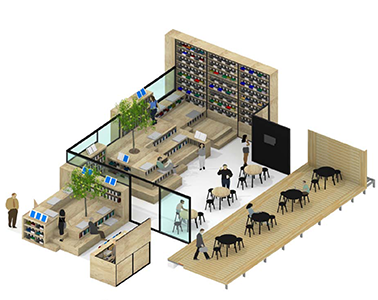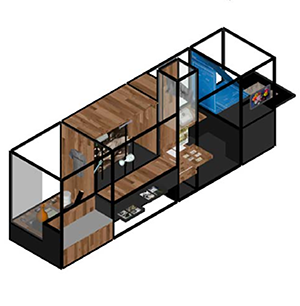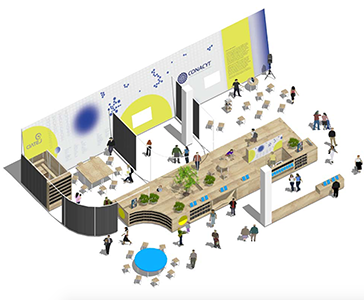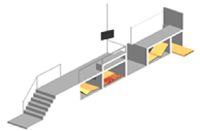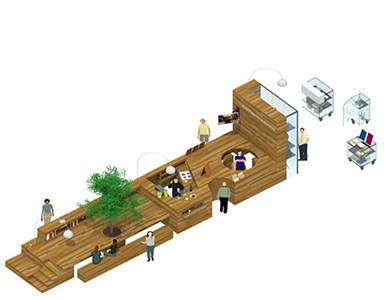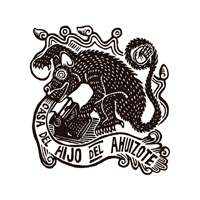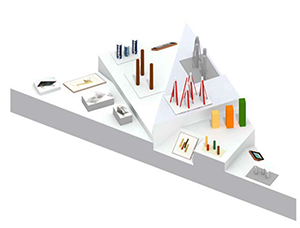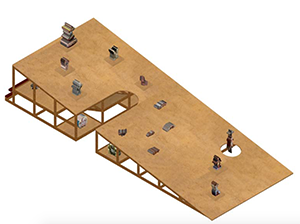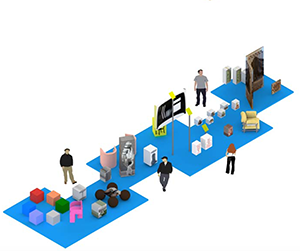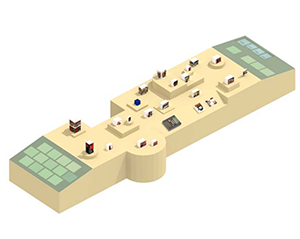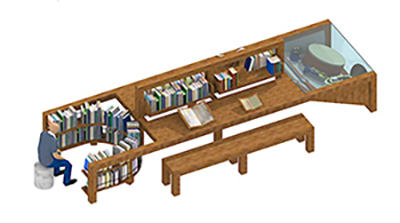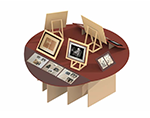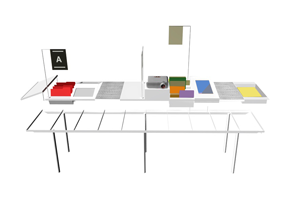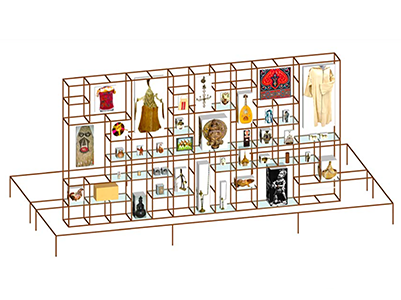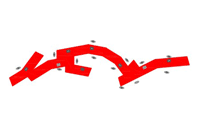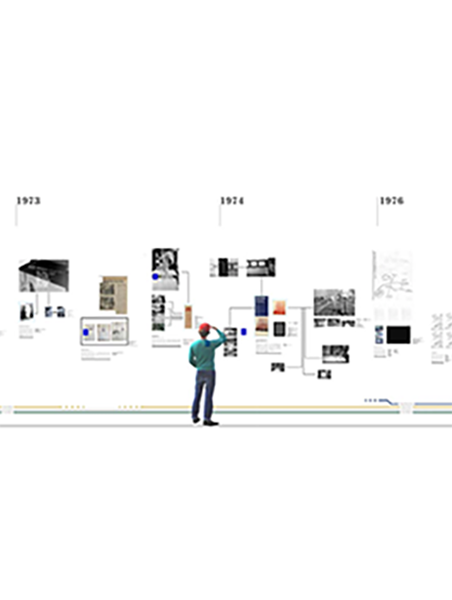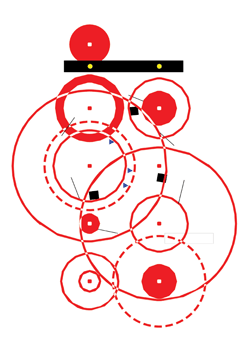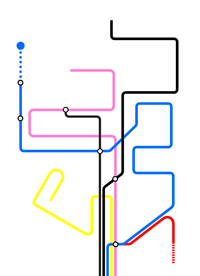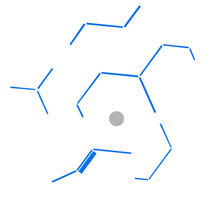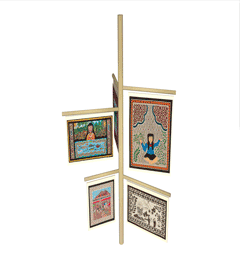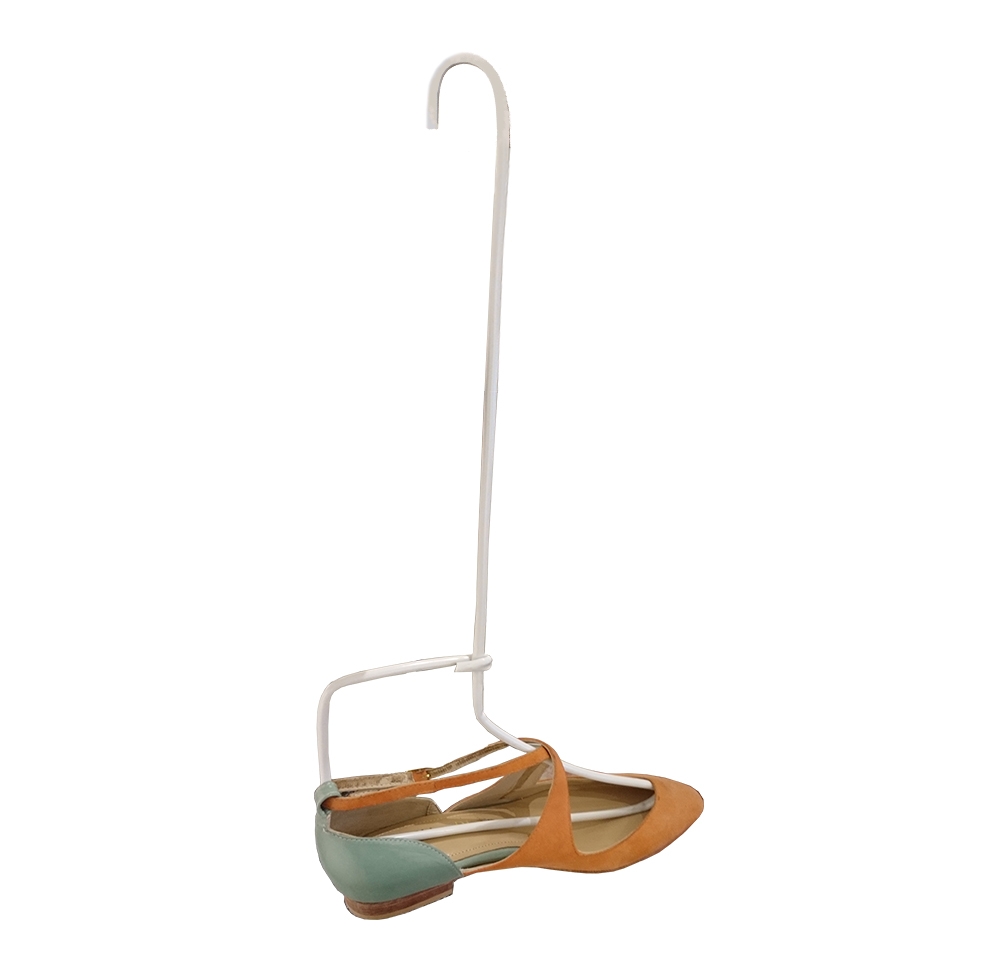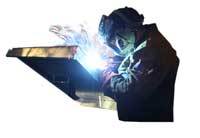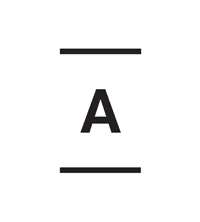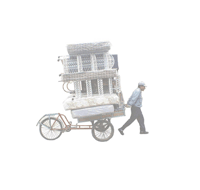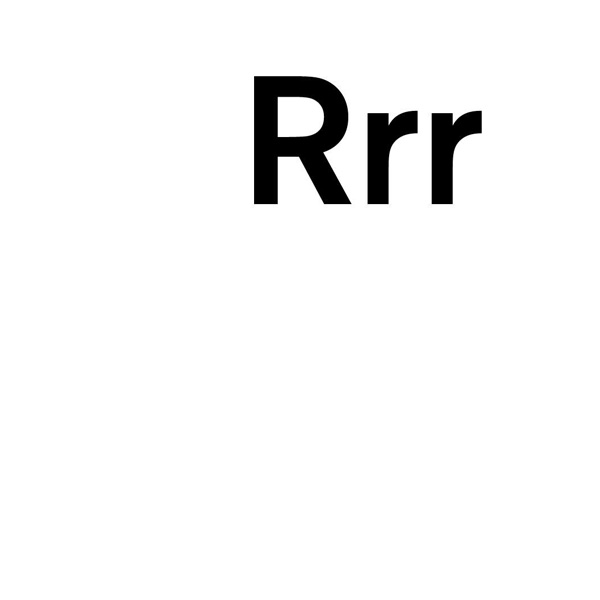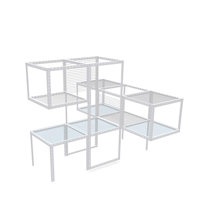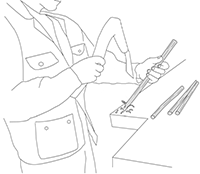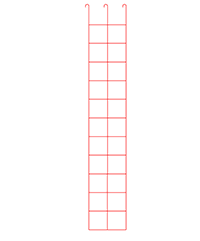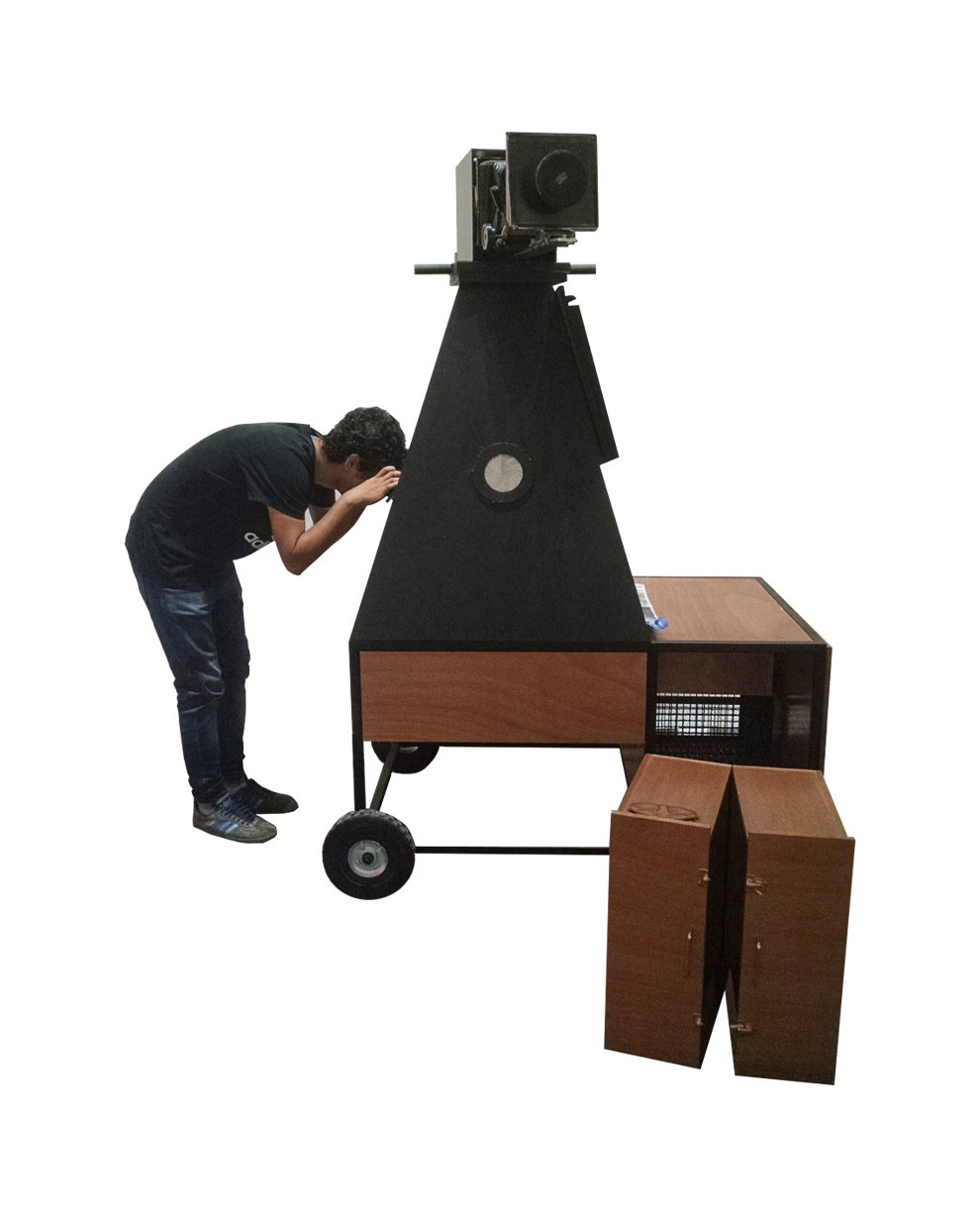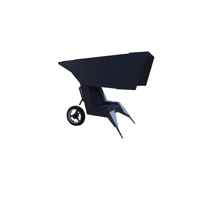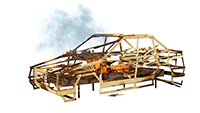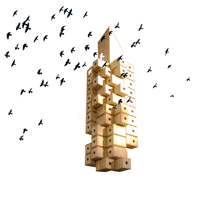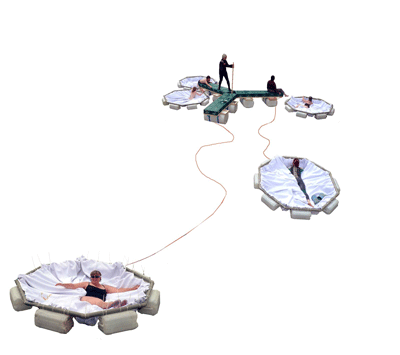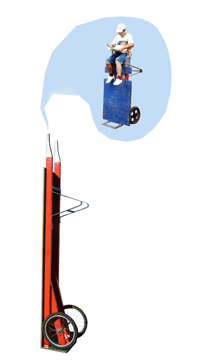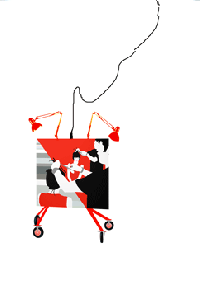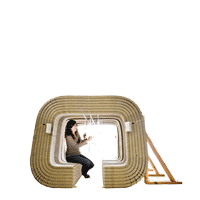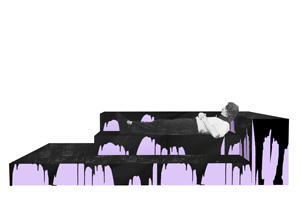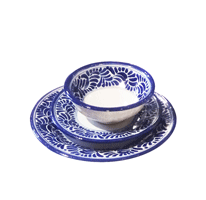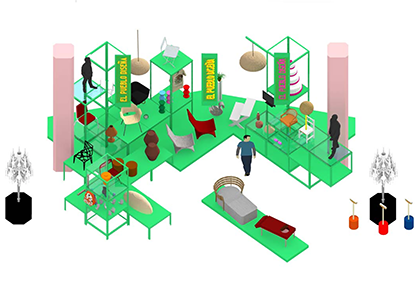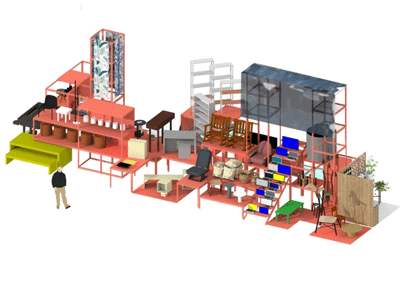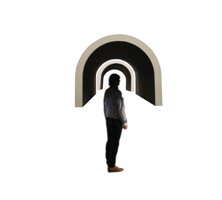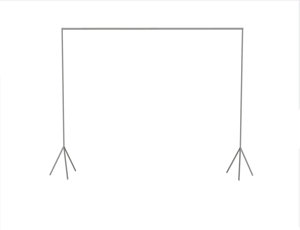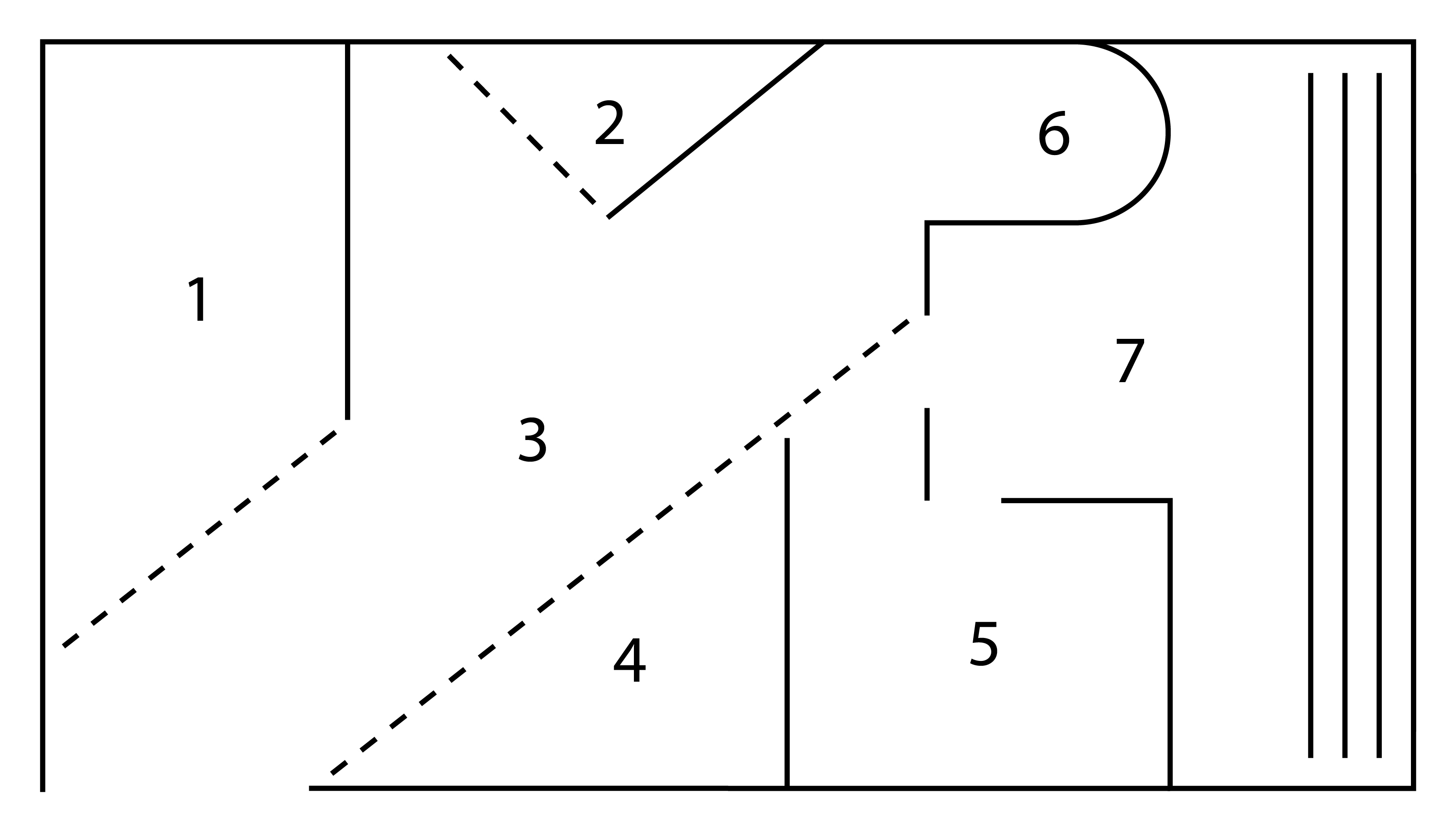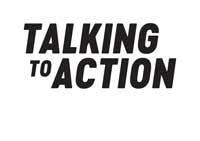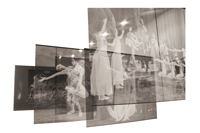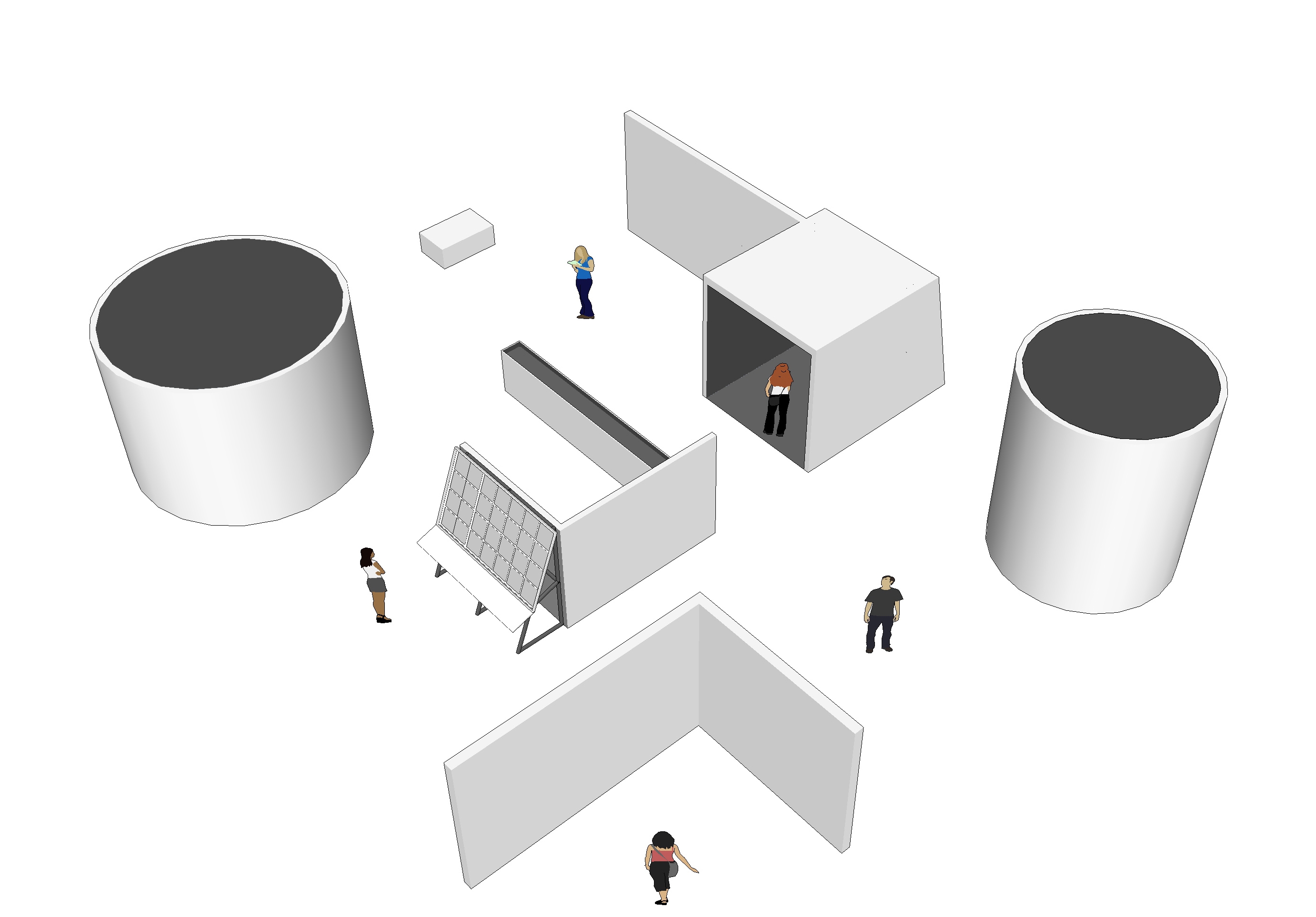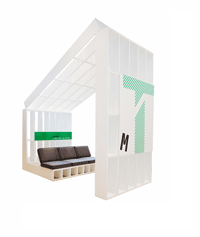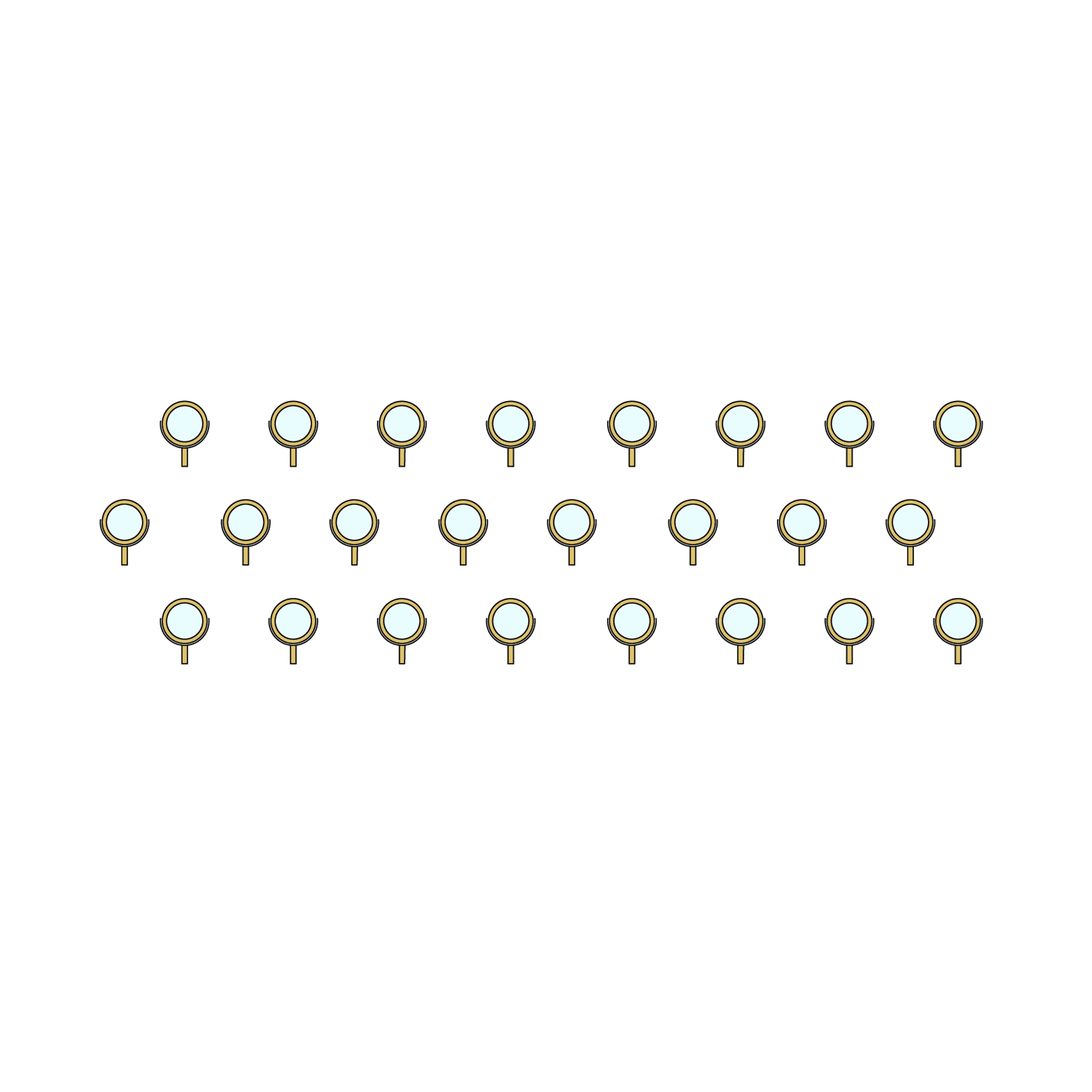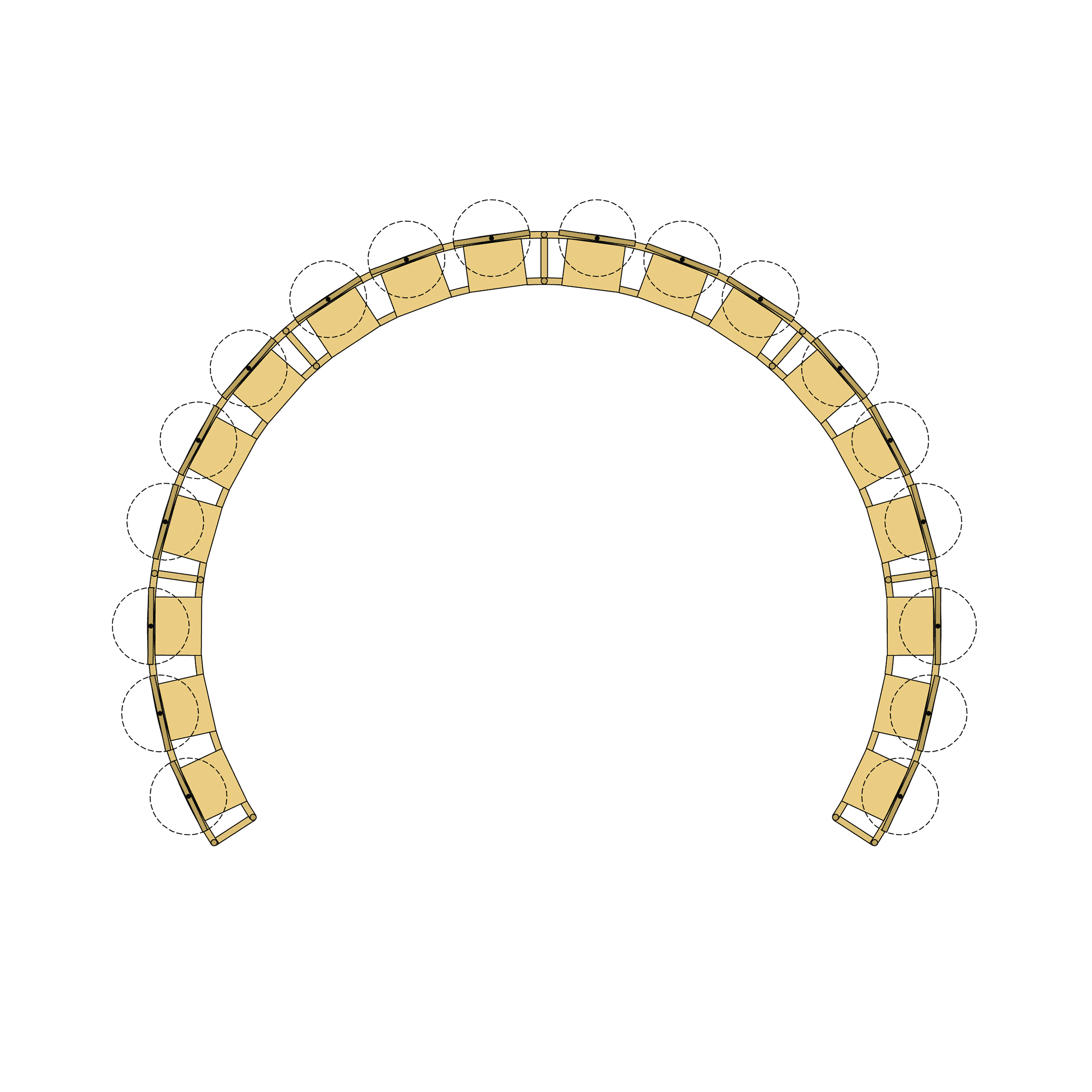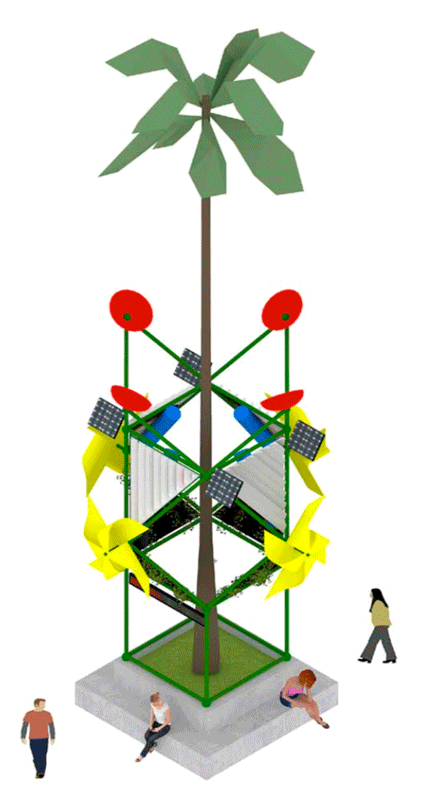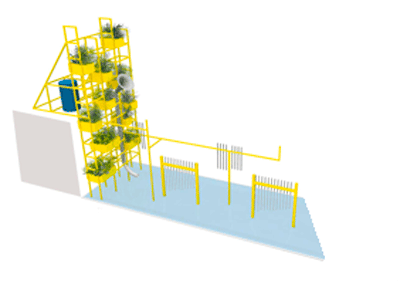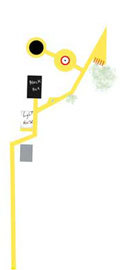For this exhibition design project The Shed decides to exhibit for the first time on the floor dedicated to events and performances, instead of working on a white cube, we would now work on a black cube, in the theater or cinema space, that of darkness. Since many of the pieces and installations involved the use of different video projection technologies, the black cube worked well, so we replaced the use of solid walls with fabrics and dark curtains that would make us organize the space and the projects. This also made us reduce the construction budget and turn those fabric walls into reusable elements for the museum in the future. All the bleachers were retracted and stored to one side of the room, that move and the diagonal placement of the Hersman Lesson multi-video piece (approximately 25 meters) were the main elements that defined the overall setup of the exhibition space.
Manual Override features five artists—Morehshin Allahyari, Simon Fujiwara, Lynn Hershman Leeson, Sondra Perry, Martine Syms—who critique the social, cultural, and ethical issues embedded in emerging technological systems and infrastructures ranging from mass surveillance to predictive policing. Central to the exhibition is the idea of a manual override, or human interference in an automated system, a gesture in response to an error in programming, or poor judgment in design. How do you pause a system you can’t see, touch, or access? As these systems become increasingly oppressive and beyond our understanding, and management, what options do we have? Each artist posits new forms of “overriding” to subvert the values of invasive technological systems. They do so through building networks of artistic collaboration across scientific and technological fields, including genetic engineering, simulation design, machine learning, and experimental computation.
For decades, pioneering artist and filmmaker Hershman Leeson has been working with scientists, geneticists, and engineers to explore the impact of technological progress on our understanding of the self. Hershman Leeson premieres the final episode in her seminal video series, The Electronic Diaries (1984-2019), and the new Shed commission, Shadow Stalker (2019). A new generation of artists—Allahyari, Perry, Fujiwara, and Syms—have developed research practices that echo Hershman Leeson’s hybrid collaborative model, which serves as the conceptual foundation for Manual Override.
Manual Override is organized by Nora N. Khan, Guest Curator, with Alessandra Gómez, Curatorial Assistant.
Text from the Shed´s website
